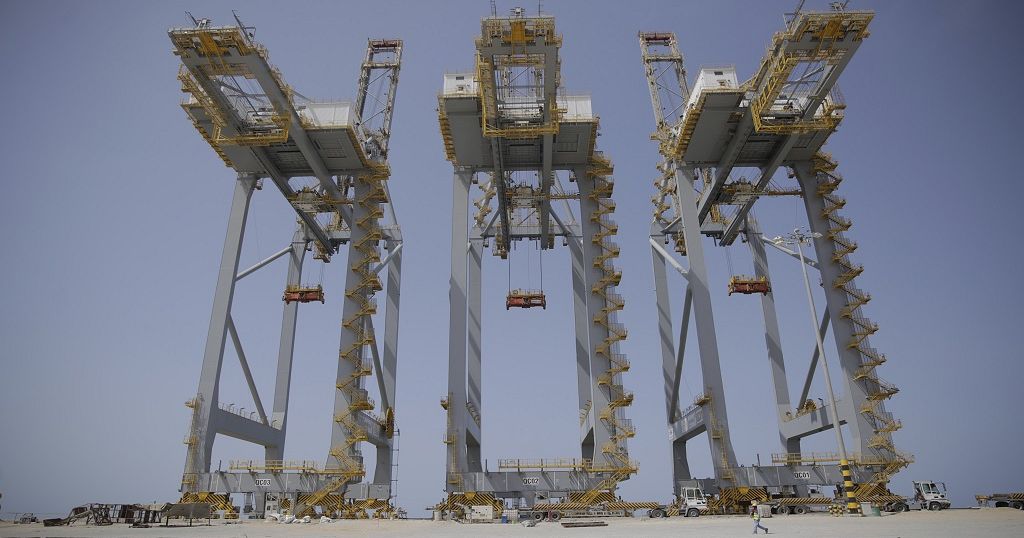South Sudan struggles to clear mines as 2026 deadline approaches

12 years after South Sudan’s independence, landmines are still a threat.
Over 5,000 people have been killed or injured by unexploded ordnances and land mines since 2004, according to the UN Mine Action Service.
Eastern Equatoria’s Magwi county, near the border with Uganda, is one of the country’s most heavily mined areas.
By the end of 2021, the state had the most areas contaminated with cluster munitions in the nation — 55 out of a total of 130 — according to Mine Action Review, who does global mine analysis.
Mine-clearing experts from NGO Mines Advisory Group (MAG) are.
James Dangasu, is the site supervisor in Ayii for MA: “Sometimes operations may stop for some days just because of the rain. Just now (as) I talk it’s the season of the rain and after maybe some two hours or three hours in the evening you’ll see that rain is coming here, which also sometimes jeopardizing with the operations at the site that can make people not operate.”
“Also, the challenges is the streams. A lot of streams in South Sudan here. When you’re crossing to the operation also, sometimes you’ll be cut off with the water flow which cannot be crossed.”
Eastern Equatoria county was also impacted by wars with Sudan and fighting with Ugandan rebel group LRA.
For mine-clearing experts working with NGO MAG, this is not merely a job: it’s a mission. Landmines took the life of Monica Fekuriu Michael’s uncle.
She wants the best for her compatriots who have started returning to the country after a five-year civil war.
“I want to make this area very clean so that my fellow people from Uganda, from Kenya, from Congo, from Khartoum should come back to the South Sudan.”
Mine-clearing experts expert visit remote villages for mine awareness training even though they face challenges. While a peace deal signed in 2018 is largely holding conflict between communities persists, making the context unpredictable to operate in.
It’s also hard to work once the rainy season starts, usually between June and September.
In Eastern Equatoria state, local authorities say thousands who fled the civil war to Uganda have started returning.
In Pageri county, approximately 1,500 peo
A mortar found in a bush
ple have come back this year, out of nearly 17,000 (almost the entire community), which had fled.
Yet many have returned to villages with little food or shelter, no working schools and are unable to cultivate because mines were discovered in their farms.
Jacob Wani fled to Uganda in 2015 and returned to his village in January.
“I do not have the capacity to rebuild in this place and I am also afraid (of explosives). If I go, maybe something can hurt me.”
The 45-year-old said he’s been unable to farm since explosives were confirmed to be on his land while he was gone. “I do not have the capacity to rebuild in this place and I am also afraid (of explosives). If I go, maybe something can hurt me,” he said.
Residents say more than half of the area is not accessible due to landmines.
During clearance in a cluster munitions site in Ayii commune in May, 16 unexploded munitions were found during five days of work.
Locals are also finding devices a few kilometers from main roads.
During a visit by the Associated Press in May, a villager alerted a demining team of an unexploded 60 millimeter mortar, which he found a few kilometers into the brush.
South Sudan’s given UN Mine Action Service until 2026 to clear all anti-personnel minefields in the country.
As munitions are being found daily many fear the deadline won’t be kept.
With elections scheduled for next year, locals say they want to clear contaminated areas so those who have fled can return.
Source: Africanews















